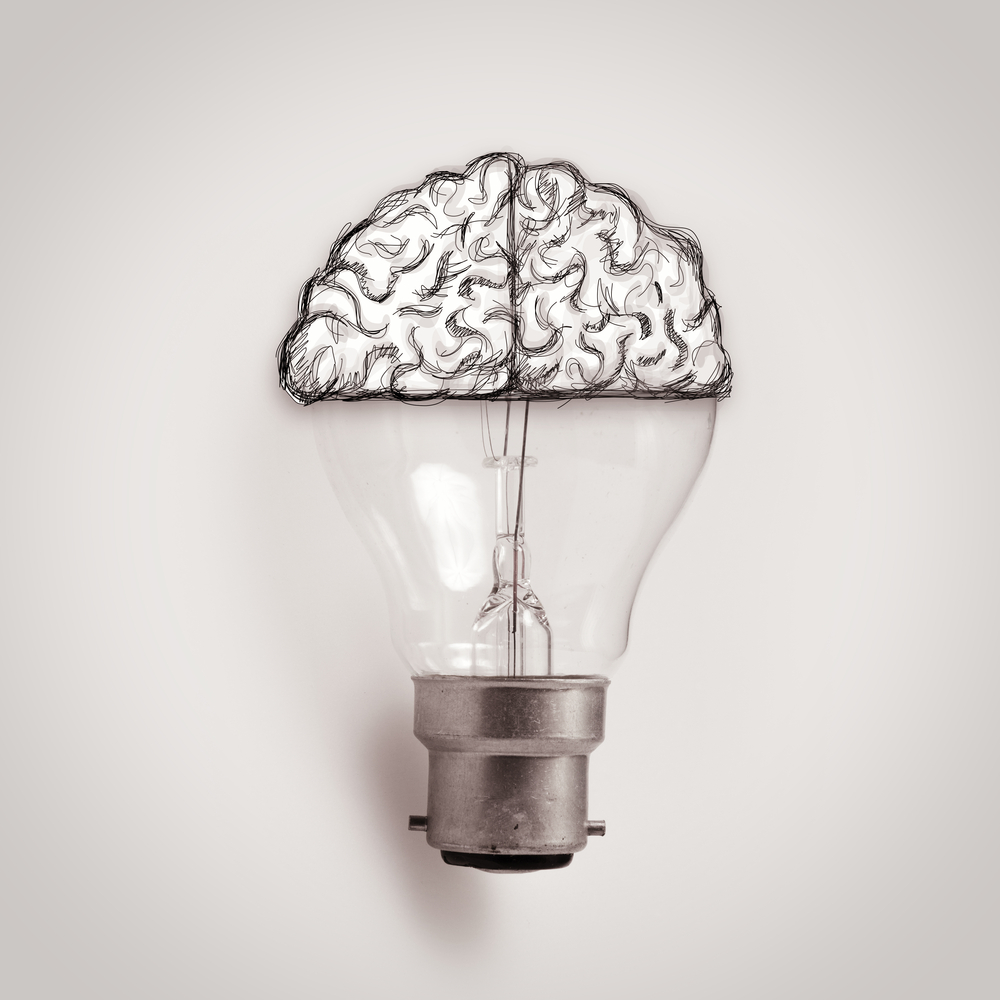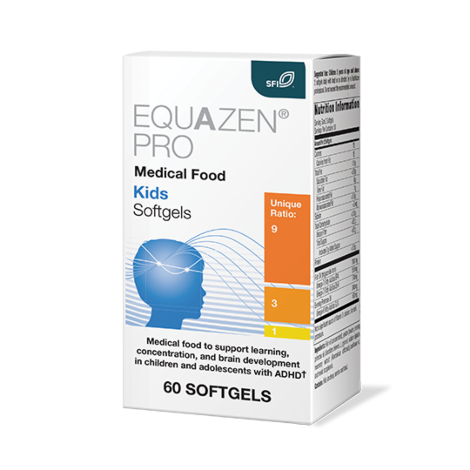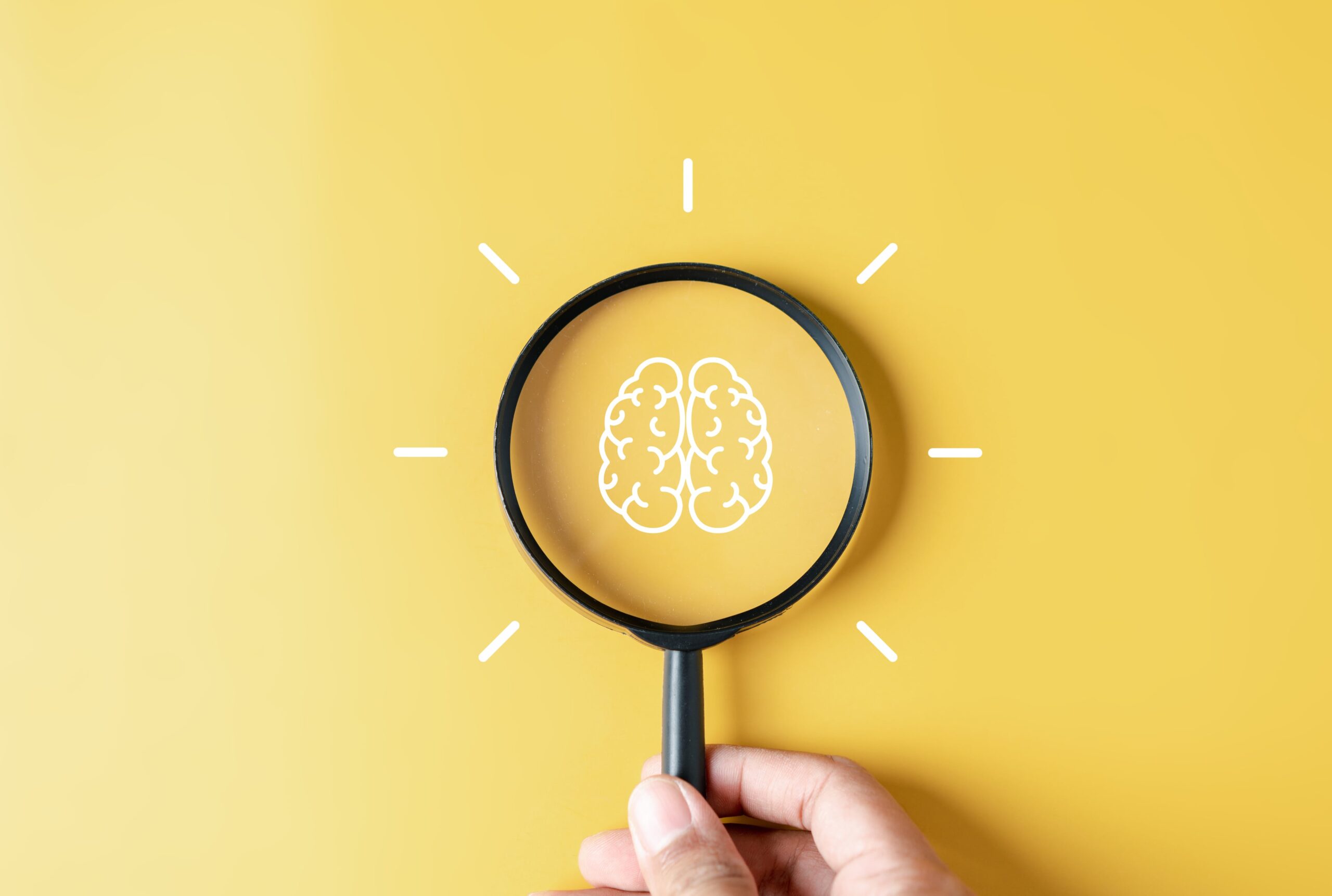The worldwide prevalence of ADHD is 5.3% (1) and ADHD is the most reported psychiatric disorder in children (2). Roughly 60% of those children are medicated (3% of the 5.3%) (3).
While many are aware of the benefits of omega 3’s in fish oil – specifically, EPA and DHA, few still receive adequate intake of at least 1 serving of fresh, fatty fish per week. Those who do supplement may also be missing out on the ratio of healthy omega-6 fats too.
In an attempt to avoid inflammatory omega-6 oils, the omega-6 fat GLA found naturally in evening primrose oil or borage oil is often forgotten.
Interestingly, consumption of these oils in a healthy ratio has been shown to be helpful for ADHD symptoms in children – and otherwise supports healthy essential fatty acid levels important for brain and whole body health.
Choosing Support Options
Pharmaceutical management of ADHD has its drawbacks such as adverse events and parents’ opinions on medication for their child (4; 5; 6).
Stimulants like amphetamines [such as the brand name Adderall] and methylphenidate [known most widely by the brand name Ritalin] are the most frequently used medications (7).
Dietary options have focused on restrictions such as food colorings or sugar (8). Others have looked at the removal of gluten, dairy, and other potentially allergenic and sensitive foods to varying benefits (9). Mixed results often leave parents (and adults with ADHD) seeking additional options.
One missing link may come back to essential dietary fats – specifically healthy omega-6 and omega-3 oils from diet and supplements (10). The body cannot make these fats on its own and requires outside intake to support its needs.
Various circumstances including genetics can make it more difficult to convert essential fats into the compounds our bodies use to quell inflammation and support proper cellular health and function.
A Closer Look at Dietary Fats
One conversation that comes up over and over again is the influence of an inflammatory diet high in omega-6 oils and low in omega-3 oils. Few take the extra step to explain what this means for your day-to-day diet.
Excess omega-6 fats predominantly come from the use of unstable oils including soybean, canola, safflower, sunflower, corn, cottonseed, and other oils. Omega-3 deficiency comes from a low conversion of plant fats into DHA and EPA or from too little intake of fatty, wild-caught fish such as salmon.
One of the best ways to improve your ratios outside of supplementation is to remove sources of unstable oils in your diet – typically used in processed foods and restaurant cooking. Instead, use stable oils such as coconut, lard, duck fat, tallow, olive, or avocado oils.
Even when using good oils, you want to minimize extreme temperatures that leads to frying or charring. This makes the oils oxidized and primed to chip away at your cellular health. It also alters proteins, and creates potentially carcinogenic compounds like heterocyclic amines, acrylamide, and sticky advanced glycation end (AGE) products that stick to cells like the black stuff burned onto a pan.
At the worst, these chemicals damage DNA. at the very least, these chemicals and others will irritate the gut and contribute to the total toxin load on the body.
While the ideal ratio of dietary omega-6 to omega-3 fats is 1:1 or 2:1, most Americans are in the range of 20:1 or 50:1!
When this balance is off, your body is able to create much more inflammation as omega-6 fats are raw materials to inflammatory and pain-causing compounds in the body.
Fats and Brain Health
The brain is made predominantly of fat.
Because the brain is 60-70% fat, the consumption of oils in a healthy ratio helps support proper membrane and cell structure as well as insulate and protect cell communications in the brain.
When we eat dietary fats, they are broken down into free fatty acids that are physically used in our cell membranes. Sugar, in contrast, is burned or converted to other forms for body needs.
You are what you eat is very true when it comes to dietary fats – and is true for what fats incorporate the structure and function of the brain. Healthy fats are essential to brain and whole body wellness.
Fats are also precursors to anti-inflammatory compounds that work to support barrier systems in the gut and brain – and reduce oxidative insult to body tissues. Omega 3’s for instance play critical roles in the homeostasis of a healthy gut microbiome – helping to reduce inflammation – create barrier proteins and maintain a healthy pH where healthy bacteria like to grow.
I use MegaOmega by Microbiome Labs for its unique ratio that supports gut health and inflammation and have been adding evening primrose oil as a source of healthy omega-6 fats that need to be in the right ratio with omega-3’s.
For brain health, the ratios of fats may be changed slightly with the use of other products explained below.
Children with ADHD often also have high thirst, eczema, allergies, and asthma which may be supported by essential fatty acids. Boys are more likely to be affected than girls with ADHD and they have higher needs for essential fats (11).
American diets are high in unstable, polyunsaturated fats such as soybean, corn, safflower, sunflower, canola/rapeseed, cottonseed and grapeseed oils.
These oils are used to increase shelf-life, provide a neutral flavor, and are generally cheap for food manufacturers which protects profit margins.
While unstable to high-heat cooking, these oils are still the oils of choice by restaurants and makers of processed foods, salad dressings, baked goods, and more.
I’ve detailed which oils to choose and which to stay away from in my Cooking Oils Guide.
A deficiency in healthy fats has suggested involvement in the development of ADHD in children (12).
Exciting New “Medical Food” for ADHD
Medical foods are not drugs. They are specific calorie-containing foods that when consumed at the direction and supervision of a physician have been shown to have specific clinical roles in a disease or condition. They are subject to clinical trial evaluation to be labeled a medical food.
A supplement containing a specific ratio of omega-3 and omega-6 fats known as Equazen improved a variety of measures of ADHD (13).
Equazen is one of the most popular treatments in Europe and is now available in the United States as EquazenPRO – with other Equazen formulations set to launch in the US market soon.
Equazen is a clinically studied ratio of essential fatty acids including the omega-3’s EPA and DHA, and the omega-6 gamma-linolenic acid (GLA) that is approved as a medical food for ADHD in children. That ratio is 9:3:1 EPA to DHA to GLA.
While Equazen PRO is formulated as a medical food for kids ages 5+. For educational purposes, adults may be able to use off-label, by taking two softgels one to three times per day (2-6 capsules total) and may still benefit from once a day intake.
While medical foods can be purchased without a prescription, they are intended to be used under the supervision of a professional. Children under 5 years and pregnant and lactating women should avoid use of EquazenPRO unless directed by their practitioner.
Whenever someone takes a new essential fatty acid supplement, it can be important to account for all sources of dietary or supplemental fish oil. Work with your doctor with other options if you are on any blood-thinning medication or have concerns with animal sourcing or fish allergy.
Additionally, someone may mimic the 9:3:1 ratio found in EquazenPRO using other products.
Adult-dosed Equazen products are set to launch in the US in the next 6 months or more, but for now, I personally will take a higher intake of EquazenPRO and I find it’s as affordable if not a touch more affordable to buy two to three packages of EquazenPRO per month versus reproducing the ratios with other products.
Other products do not have the medical food distinction and have more generalized guidelines as to their use in certain populations. When in doubt, check with your practitioner.
Here are the options I have found to reproduce the 9:3:1 (EPA:DHA:GLA) ratio:
Kids (5+)**:
-Take EquazenPRO 2 softgels once per day preferably with a meal. No need for substitutions. For difficulty swallowing, one can pierce the softgel and take the liquid directly.
–<5 years old: check with doctor on possible intake
-Equazen Pro contains: 558mg EPA, 174mg DHA, and 60mg GLA (9:3:1)
Adults**:
1:) If taking EPA Ultimate once per day:
- 2 softgels EPA Ultimate by Pure Encapsulations (2 softgels contains: 798mg EPA, 266mg DHA)
- 1 softgel Evening Primrose Oil (EPO) by Pure Encapsulations (1 softgel contains 76mg of GLA)
2.) If taking EPA Ultimate twice a day
- EPA Ultimate by Pure Encapsulations: 2 capsules 2x a day; 4 total capsules)
- 1 softgel of Borage Oil by Klaire Labs (1 softgel contains 160mg of GLA) – **once per day
3.) If taking EPA Ultimate three times a day
- EPA Ultimate: 2 capsules 3x/day: 6 total capsules)
- 1 softgel of Borage Oil by Klaire Labs once per day
- 1 softgel EPO by Pure Encapsulations taken once per day separately from Borage Oil
OR
4.) Take EquazenPRO with off-label use of 2 softgels 1-3x per day to desired intake level for adults 18+.
**Medical foods are intended to be taken in the context of professional supervision.
Keep in mind that of the 15 clinical trials using Equazen products – the findings are specific to Equazen and not the alternative products mentioned. ADHD medical food claims can only be made for EquazenPRO and not the other formulas.
The ratios found in other products are close, but not exact to those used in the studies – nevertheless, substitute formulas can be used to support essential fatty acid balance and function in the body independent of ADHD.
Unless directed by a health professional, I do not feel adults should exceed more than three times the dose unless following proven an essential fatty acid deficiency verified by bloodwork or otherwise directed by your health professional.
As mentioned previously, someone looking for high-potency support should not only increase intake of healthy essential fats, but also focus on reducing inflammatory omega-6 oils from the diet (ex/ soybean, corn, safflower, sunflower, cottonseed, grapeseed oils).
Use stable oils like olive, coconut, lard, duck fat, tallow, or palm oils for cooking.
While many individuals have deficiencies of essential fats independent of an ADHD diagnosis, too much intake can be rare, but worth mentioning as too many essential fats may start to reverse some of the intended benefits.
Nevertheless, dietary fats in the right ratios are essential to normal brain health and function.
The 9:3:1 ratio of EPA:DHA:GLA in EquazenPRO is a medical food that is supported by 15 clinical studies in support of ADHD in children 5+ years old.
Adults can reproduce this ratio using other sources of omega-3 and omega-6 fats including fish oil, borage oil, and evening primrose oil.





